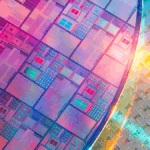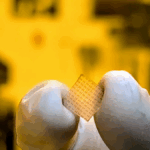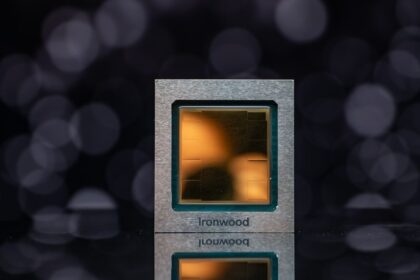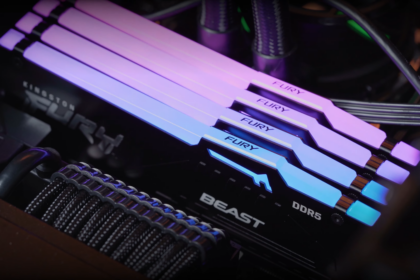The reigning champion of gaming processors, the AMD Ryzen 7 9800X3D, utilizes a unique feature known as “fake silicon” to help maintain the structural integrity of its internal design. Semiconductor analyst Tom Wassick conducted an in-depth examination of the chip’s architecture and found that this material constitutes the largest component of the processor.
Additionally, Wassick identified one of the standout innovations in this generation of processors: the SRAM module. This module, responsible for housing the L3 and X3D cache memory, is positioned beneath the CCD (Zen 5 core complex)—a design detail that was previously known but continues to highlight the sophistication of AMD’s 3D V-Cache technology.
The internal structure of the Ryzen 7 9800X3D is delicate
One of the most intriguing aspects of Tom Wassick’s analysis of the AMD Ryzen 7 9800X3D is the discovery of a possible “empty” silicon area within the processor’s die. Wassick notes that the 3D V-Cache memory on this chip is 50 µm larger than the CCD (Zen 5 core complex) on all four sides. This contrasts with the Ryzen 7000X3D, where the SRAM is 30.3 µm smaller than the CCD.
In terms of thickness, both the CCD and SRAM dies are remarkably thin, measuring less than 20 µm without their internal connections. To protect and stabilize these delicate components, AMD appears to have introduced empty or “fake” silicon—a clever structural reinforcement that helps maintain the chip’s integrity.
It’s important to highlight that while Wassick’s findings come from an expert’s perspective, they remain speculative until AMD provides an official explanation. What is clear, however, is that the placement of SRAM and 3D V-Cache beneath the CCD in the Ryzen 7 9800X3D has significantly boosted performance, cementing its status as the top gaming processor on the market today.











